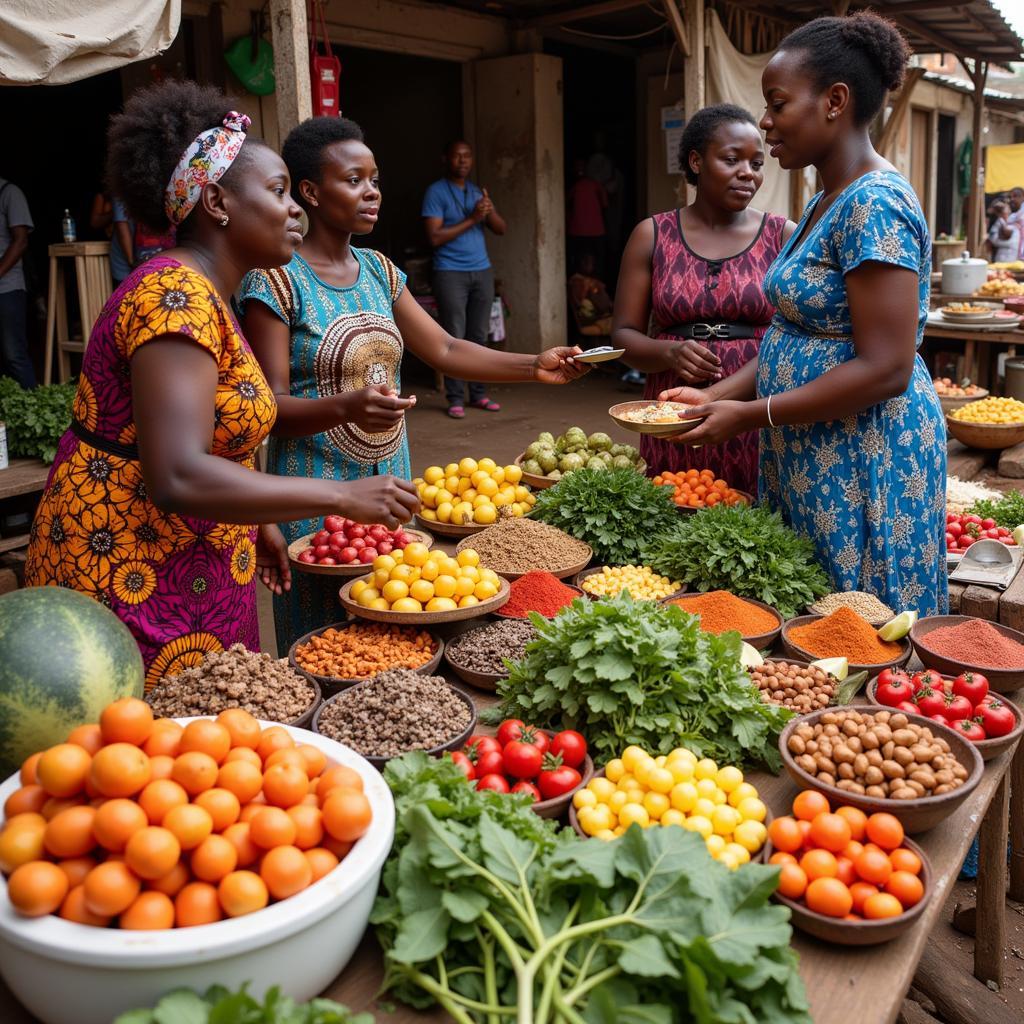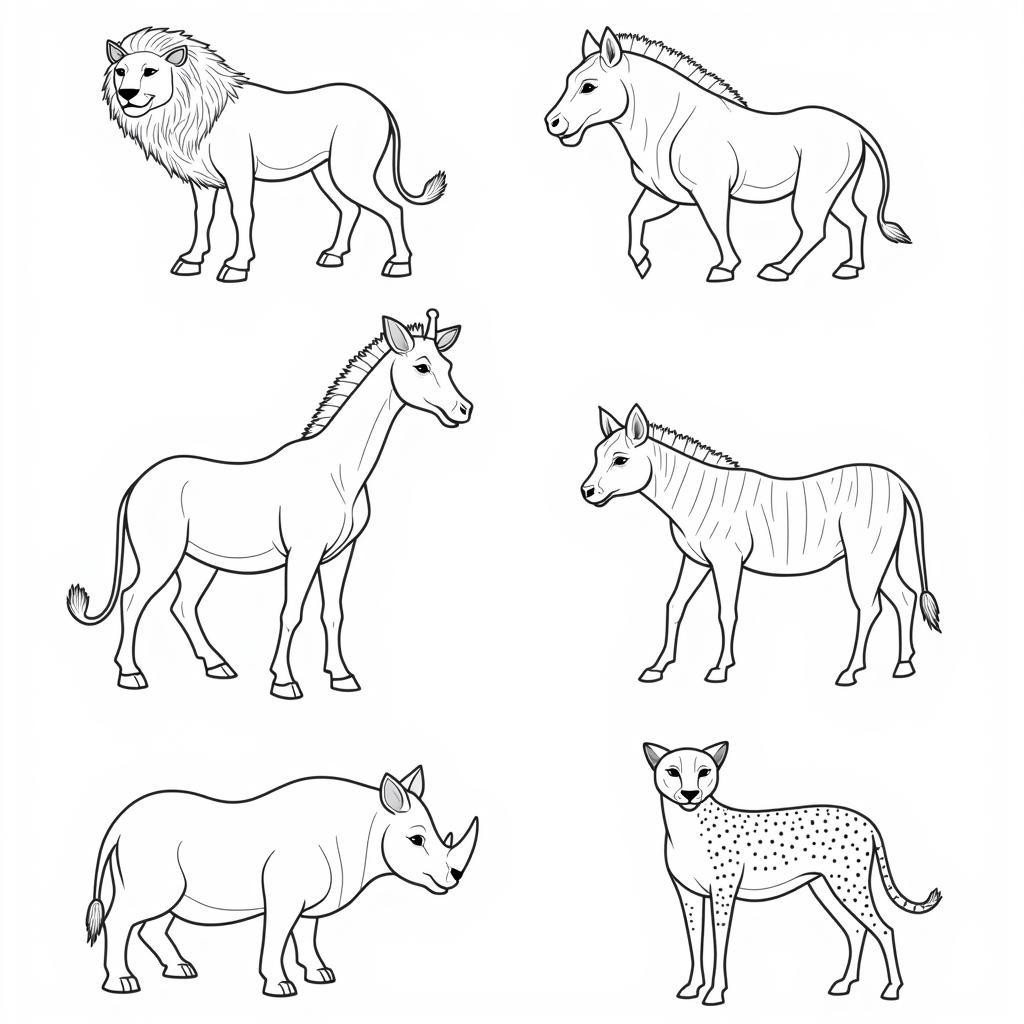African Grass for Golf Greens: A Guide to Choosing the Right Species
African grass varieties are gaining popularity for golf greens around the world, and for good reason. These warm-season grasses are known for their resilience, disease resistance, and ability to thrive in hot, humid climates. But with so many types of African grass available, selecting the best one for your golf green can feel like navigating a sand trap.
Why Choose African Grass for Golf Greens?
African grasses offer several key advantages for golf greens, making them a compelling choice for golf course managers and enthusiasts alike:
- Heat and Drought Tolerance: Originating from Africa’s diverse climates, these grasses are built to withstand intense heat and prolonged periods of drought. This makes them an ideal choice for golf courses located in warmer regions.
- Disease Resistance: Many African grass species boast impressive natural resistance to common turf diseases. This inherent hardiness minimizes the need for chemical treatments, promoting a healthier environment and reducing maintenance costs.
- Fine Texture and Density: African grasses are renowned for their fine texture, creating a dense, smooth playing surface. This density provides excellent ball roll characteristics, contributing to a superior putting experience.
- Rapid Recovery Rate: Known for their vigorous growth, African grasses recover quickly from divots and damage, ensuring the green remains in optimal playing condition.
Popular African Grass Species for Golf Greens
Let’s explore some of the most sought-after African grass varieties used on golf greens worldwide:
Kikuyugrass (Pennisetum clandestinum)
Kikuyugrass is a highly aggressive, fast-growing grass that thrives in warm climates. It offers exceptional wear tolerance and a dense, fine texture, making it a favorite for golf courses with heavy foot traffic. However, its aggressive growth habit requires regular mowing and can sometimes pose challenges for controlling its spread.
Cynodon dactylon (Bermuda Grass)
Cynodon dactylon, commonly known as Bermuda grass, is another popular choice for golf greens. Celebrated for its exceptional heat and drought tolerance, Bermuda grass forms a dense, fine-textured turf that delivers a fast, true ball roll. Its versatility extends to handling a wide range of mowing heights, making it suitable for various green speeds.
Zoysia matrella (Manilagrass)
Zoysia matrella, also known as Manilagrass, stands out for its fine texture and visually appealing emerald green color. This slow-growing grass forms a dense, tightly knit turf that provides excellent weed suppression and tolerates close mowing. While it demands more attention during establishment compared to other varieties, its low maintenance needs and exceptional aesthetics make it a rewarding choice for golf greens.
Factors to Consider When Choosing African Grass
Selecting the right African grass species for your golf green involves carefully evaluating several crucial factors:
- Climate: Assessing your region’s climate is paramount. Consider the average temperatures, rainfall, and humidity levels to determine which grass species will thrive best in your environment.
- Soil Type: The composition of your soil plays a vital role in the success of your chosen grass variety. Conduct a soil test to determine its pH level, nutrient content, and drainage capacity.
- Maintenance Requirements: Each African grass species comes with its own set of maintenance needs. Consider the frequency of mowing, fertilization, and irrigation required for each variety to ensure it aligns with your resources and desired level of upkeep.
- Budget: Establish a clear budget for your golf green project. Factor in the costs associated with acquiring grass seed or sod, soil preparation, installation, and ongoing maintenance.
Conclusion
Choosing the right African grass for your golf green is an investment in creating a beautiful, playable, and sustainable golfing experience. By considering the factors outlined above and seeking expert guidance from a turfgrass specialist, you can select a grass variety that thrives in your climate, meets your specific requirements, and enhances the enjoyment of the game for golfers of all levels.
Expert Insight:
“When selecting African Grass For Golf Greens, it’s crucial to prioritize disease resistance and adaptability to your specific climate. Don’t hesitate to consult with a turfgrass specialist who can guide you toward the best options for your region and provide tailored recommendations.” – Dr. Amani Jabari, Turfgrass Scientist
FAQ
1. What is the best time of year to plant African grass for a golf green?
The optimal planting season for warm-season African grasses is typically late spring to early summer when soil temperatures are consistently warm.
2. How often should I water my African grass golf green?
Watering needs vary depending on the grass species and climate. In general, aim for deep, infrequent watering to encourage deep root growth and drought tolerance.
3. What type of fertilizer is best for African grasses?
A balanced, slow-release fertilizer formulated for warm-season grasses is generally recommended. Consult with a turfgrass professional for specific fertilizer recommendations based on your soil test results.
4. How short should I mow my African grass green?
The ideal mowing height depends on the grass species and desired green speed. Consult with a golf course superintendent or turfgrass specialist for specific recommendations.
5. What are some common pests that can affect African grass greens?
Common pests include mole crickets, grubs, and nematodes. Regular monitoring and timely intervention are crucial for effective pest control.
Need help selecting the perfect African grass for your golf green? Contact us today!
Phone: +255768904061
Email: kaka.mag@gmail.com
Address: Mbarali DC Mawindi, Kangaga, Tanzania
Our team of turfgrass experts is available 24/7 to answer your questions and provide personalized guidance.


